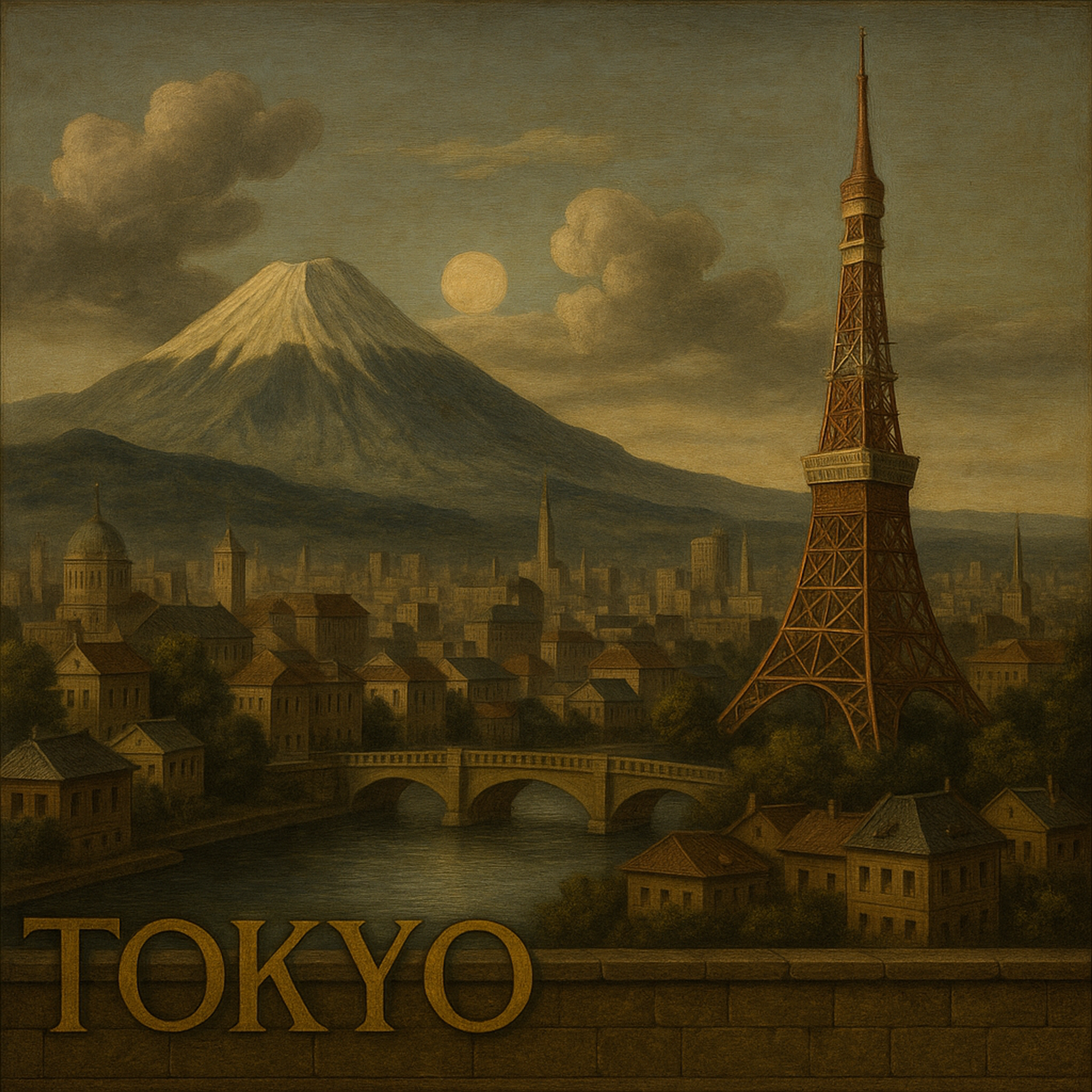Industry News
Creatively Ambiguous Japan Deal has Unstacked 15% Baseline
TweetAug. 11, 2025
By:
Marvin E. McPherson

While some people have seen the trade deals the United States has concluded with various countries to be vague and unusable, others have seen benefits in “creative ambiguity.” One example of the benefits of creative ambiguity seems about to come to fruition as the Trump administration will apparently revise its order on tariffs against Japan. The order applied an extra 15% tariff on top of existing duties for certain Japanese goods, creating what Japan viewed as unfair “stacking” of tariffs. The revision will remove this overlap and restore the intended tariff treatment to 15% base.
Under the terms of the U.S.–Japan Trade Agreement, outlined in Chapter 99, Subchapter XXI of the U.S. tariff schedule, originating goods from Japan are supposed to receive tariff rates agreed upon in the deal, marked with the “(JP)” designation in the tariff schedule. These rates are applied in place of, not in addition to, other duties. The original presidential order mis-stated that the 15% tariff is in addition to the current Most Favored Nation (MFN) rate for goods with a Column 1 duty rate under 15%, creating a higher overall rate than intended.
The corrected approach will align Japan’s treatment similar to how tariffs are applied to the European Union. For goods where the MFN rate is less than 15%, the tariff rate should be brought up to 15%, not have an extra 15% added on top.
If you have questions about the trade agreements or current tariff rates on products, do not hesitate to contact an attorney at Barnes Richardson, & Colburn LLP.
